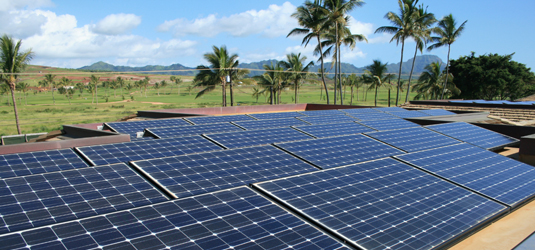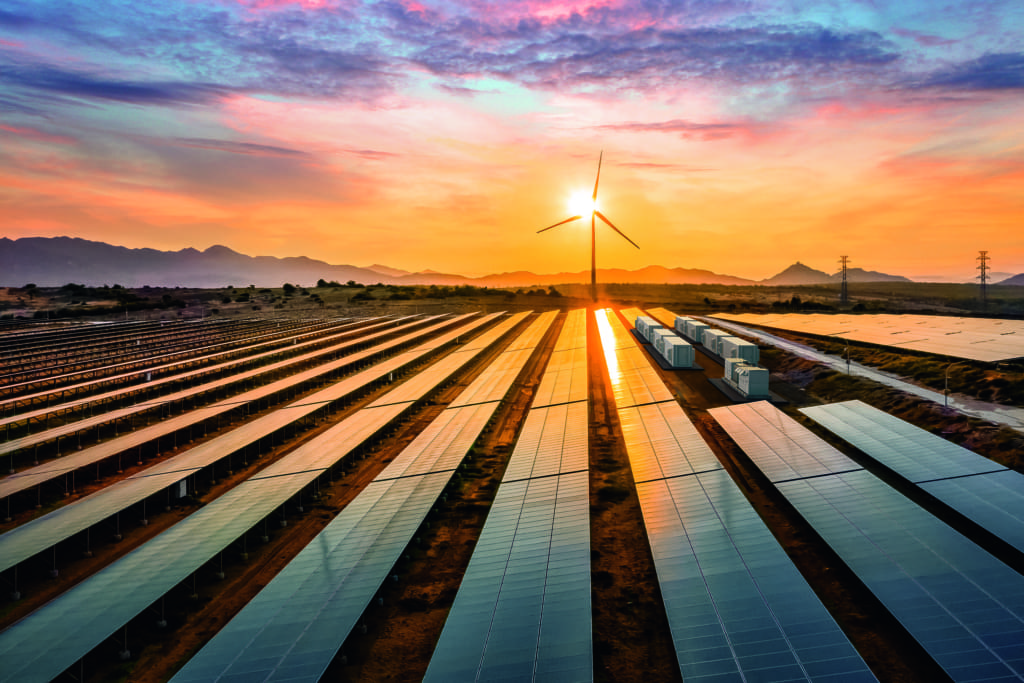Hawaiian grid requirements explained: overvoltage

Hawaii’s outdated and over-taxed grid infrastructure has gained national attention among solar professionals, bringing one of the fastest-growing solar markets to a grinding halt. Though the grid technology has not gotten better, the rise of smart inverter technology approved with HECO’s latest requirements is bringing solar back to the Aloha State.
We’re pleased to announce the Sunny Tripower TL-US and Sunny Boy TL-US families of inverters are fully compliant with these settings. What does that mean and why does it matter? Let’s take a deeper look into what is behind the new requirements.
Why overvoltage matters with solar
Heavy concentrations of solar installations have left some areas with constant over-production, requiring downstream customers and substations to parcel out the extra power for consumption in areas with little or no PV.
Hawaii’s extremely high PV penetration in those locations mixed with outdated grid technology create a real threat of unpredictable upstream plant (or substation) failures that have caused great concern for large-scale overvoltage situations.
When voltage in a circuit is raised above its upper design limit, it has experienced an overvoltage. Depending on the overvoltage duration, it can either be transient or permanent. Transient overvoltage (TrOV) events have become a serious concern on Hawaii’s grid. The resulting damage to grid equipment and customers’ home electronics from a large spike in voltage would be very unsafe and expensive to repair.
Smart inverters save the grid
Today’s smart PV inverters are able to disconnect from the grid in less than one second upon sensing the spike in voltage. Hawaii’s latest TrOV requirements state that inverters must disconnect from the utility grid within a maximum of 0.016 seconds in the case of an increase to 120 percent of the nominal voltage. Once the disconnection has occurred, the inverter will wait for the grid to return to its normal operating range for five minutes before reconnecting with normal operation.
Installers familiar with the Sunny Tripower TL-US and Sunny Boy TL-US inverters will be happy to know these requirements do not call for extra labor during installation. Simple parameter changes can be made via the Cluster Controller for the Sunny Tripower or Sunny Explorer for the Sunny Boy TL-US upon system commissioning. No extra equipment and no added costs.
The need for grid stability
Ensuring long-term grid stability and safety is the top priority for regulators and utilities. The valuable role PV inverters play in ensuring grid integrity has established highly reliable grids in Europe, driving an increasing need to incorporate similar smart inverter functionalities in areas of the U.S. with high PV penetration.
Solar is an extremely cost-effective and viable option for Hawaiian residents. Getting installations back on track is a large priority for many and SMA is more committed than ever to our Hawaiian partners and pleased to offer such diverse family sets of inverters to keep installers working and clean energy flowing.




Unfortunately, SMA is the Nokia of inverters now.
Nobody who knows what’s going on, wants to play with them anymore…
SMA!
Many thanks from your local Canadian upstream PV Solar Generation faculty.
We reached our first 100MWh of flawlessly uninterrupted production this hour in Kingston.
Here comes the sun….Canada.